Technology That Is Changing What We Expect From a Diamond
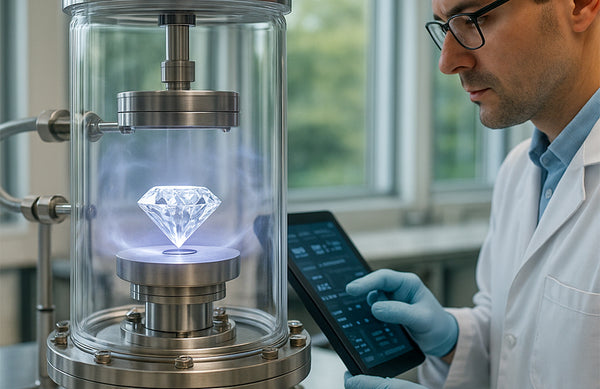
Diamonds, for the longest time, were considered untouchable, formed in the earth, valued by tradition, and worn as symbols of timelessness. But in the last decade, that narrative has started to shift.
Not because diamonds have changed, but because the way we create them has evolved. Lab Grown Diamonds are no longer an experiment or alternative but they’ve become their own category. And the tools, methods, and ideas behind them? They’ve advanced faster than most people realize.
We’re not just talking about better machines or clearer stones. The innovations happening today are reshaping the entire idea of what a diamond can be.
Refining the Growth Process: Small Changes, Big Results
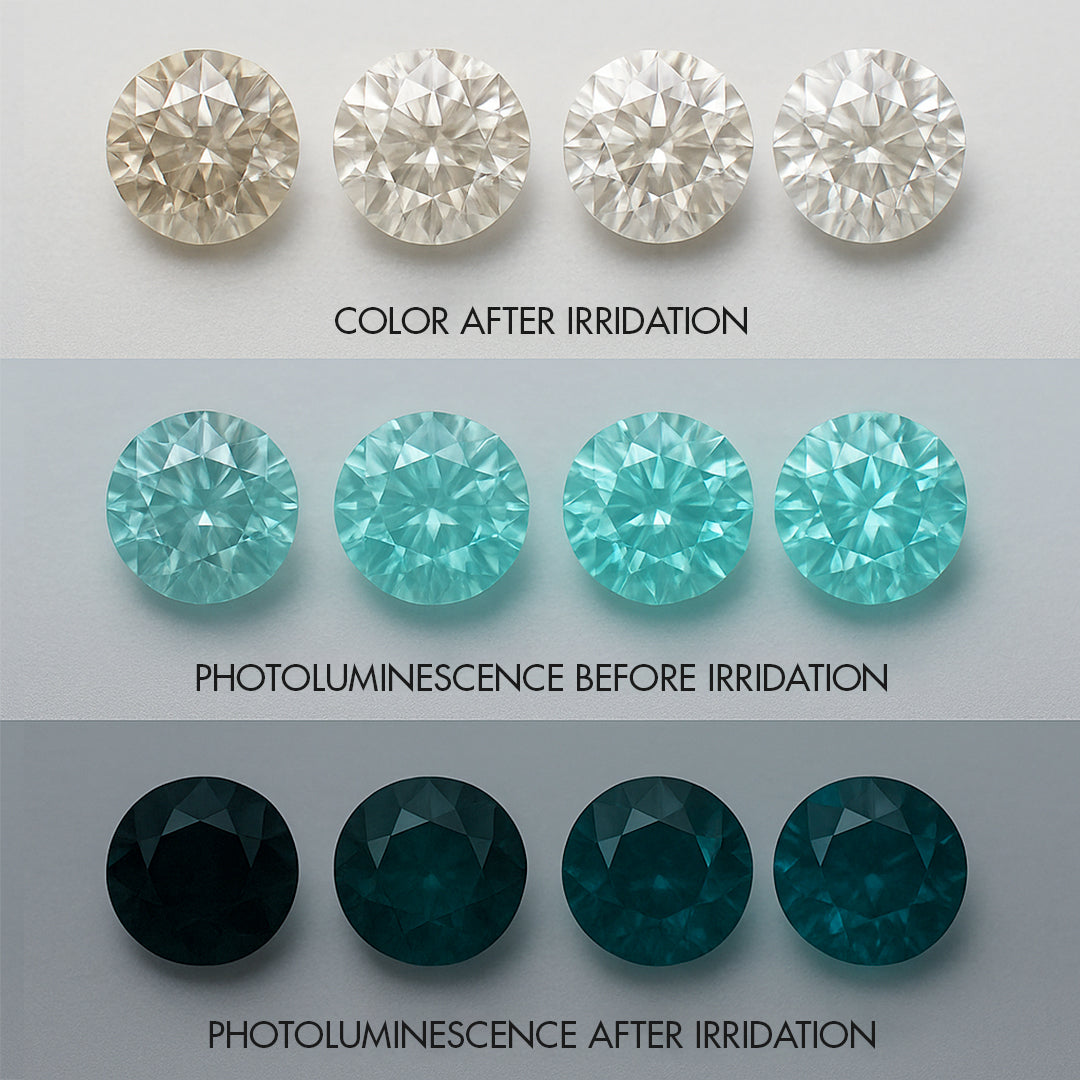
The quality of Lab Grown Diamonds used to vary quite a bit. Some had visible imperfections, others lacked brilliance, but much of that had less to do with the material and more to do with how it was grown. Now, the process has become far more precise. Even the slightest tweaks, like altering the angle of the seed or adjusting gas levels inside the growth chamber, can change how the crystal forms. This kind of control wasn’t available a few years ago. What it means, practically, is that growers can now aim for very specific outcomes with less guesswork, more clarity, better symmetry and they resemble Mined Diamonds so closely that only a trained expert could tell the difference. This level of refinement is elevating the overall standard of Lab Grown Diamonds across the industry. Consumers are noticing the difference, not just in appearance, but in consistency and value. What was once unpredictable is now engineered with purpose, making premium quality more accessible than ever.
Blending Techniques for Better Results

Traditionally, there were two main ways to grow diamonds: CVD (Chemical Vapor Deposition) and HPHT (High Pressure, High Temperature). Each has its strengths. HPHT is fast and powerful, whereas CVD offers more finesse. Lately, though, some Labs have started combining them. A diamond might begin its life using HPHT, then shift to CVD for the finishing touches. That hybrid approach allows for a sturdier foundation with fewer inclusions and a smoother outer layer with better light return. It’s not just technical refinement—it’s strategy. Growers are starting to treat each diamond as a one-of-a-kind project, not a batch-produced item. This shift enables even greater consistency in optical performance, fire, and brilliance. It also gives more control over how the final diamond interacts with light, resulting in stones that truly stand out. As the technology matures, these hybrid techniques are expected to become the new standard. What was once experimental is now a key part of producing premium Lab Grown Diamonds.
Lowering the Environmental Footprint
Lab Grown Diamonds were always positioned as the ethical choice. No mining, no exploitation. But what about the energy they consume?
That’s another area where innovation is happening. Some Labs now operate using renewable energy, especially in regions where solar and hydro power are abundant. Others are redesigning their growth chambers to reduce gas waste and control internal temperatures more efficiently.
There’s even work being done on closed-loop systems, where leftover materials are reused instead of discarded. These aren’t flashy upgrades, but they make a difference. They move the conversation from “less harmful” to “actively better”.
A Wider Range of Colors and Shapes
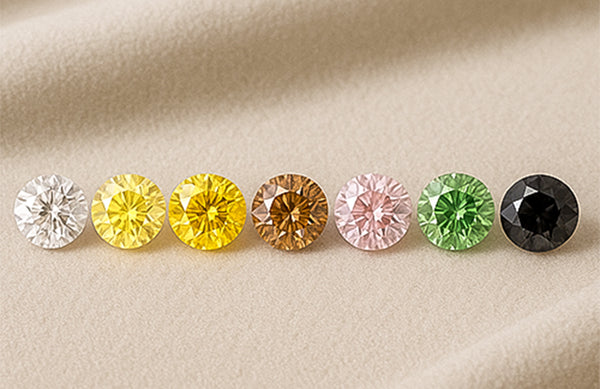
The color of diamonds used to be unpredictable. A faint tint could mean a lower grade, or a rare hue could drive up the price. In the Lab, though, color is no longer left to chance.
By changing the chemical makeup of the gas environment, introducing elements like boron or nitrogen growers can guide how a diamond’s color turns out. From soft pinks to deep blues and even striking yellows, more colors are being created on purpose.
This is opening up new creative paths for designers. Instead of working around what nature provides, they can request a particular tone, shape, or size and get exactly that.
Better Grading, More Transparency
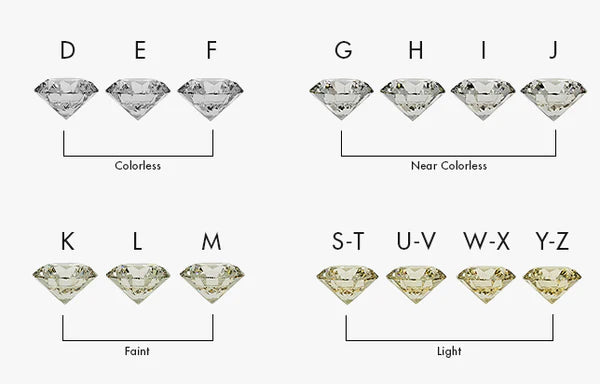
With so much control in the growing process, the next challenge was grading and certification. How do you measure a diamond that didn’t come from the earth?
Gem Labs like IGI and GIA now provide specialized reports for Lab Grown Stones. These don’t just cover the traditional 4C’s—cut, color, clarity, and carat—but also mention growth method and traceable data about the process itself.
Some Labs even use spectroscopy and molecular mapping to confirm growth patterns, ensuring the diamond is exactly what it claims to be. For buyers, that means a higher level of trust and traceability than ever before.
Design Thinking Is Evolving Too
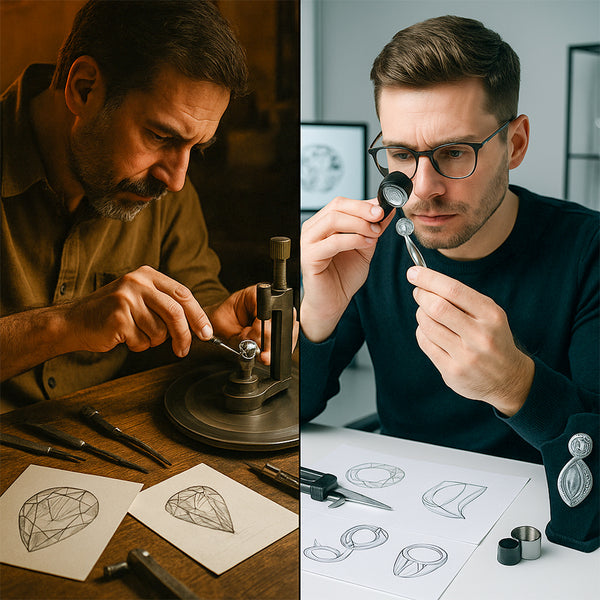
Technology isn't just changing the stone. It’s shifting how designers think about the finished product.
Some are beginning to embrace the natural variations that occur in Lab Grown Diamonds, the striations, the layered growth, the slightly different refraction patterns. Instead of cutting those features away, they’re incorporating them into the final design.
There’s also more room for ambition. Because Lab Grown diamonds can be made in larger sizes at a more accessible cost, designers are getting bolder with scale and symmetry. Pieces that might have been too expensive or impractical with Mined Diamonds are now possible.
It’s No Longer About “Fake vs. Real”
People used to ask: “But is it really a diamond?” That question doesn’t come up as much anymore. Instead, buyers want to know how it was made and why.
This new wave of innovation isn’t just technical, it’s cultural. It’s giving people options that align with how they think about the world. Options that respect the environment, avoid unnecessary harm, and still feel deeply personal.
What once seemed like a compromise now feels like a choice, one based on awareness, not sacrifice.
A Quiet Revolution in Sparkle
None of this happened overnight. Every improvement, every degree of temperature control, every adjustment in the plasma chamber, every data-driven cut has brought Lab Grown Diamonds to where they are today.
Not just an alternative, but an advancement.
They’re changing how we define beauty in jewellery. And with each new development, they’re proving that innovation and emotion aren’t opposites, they’re part of the same story.





